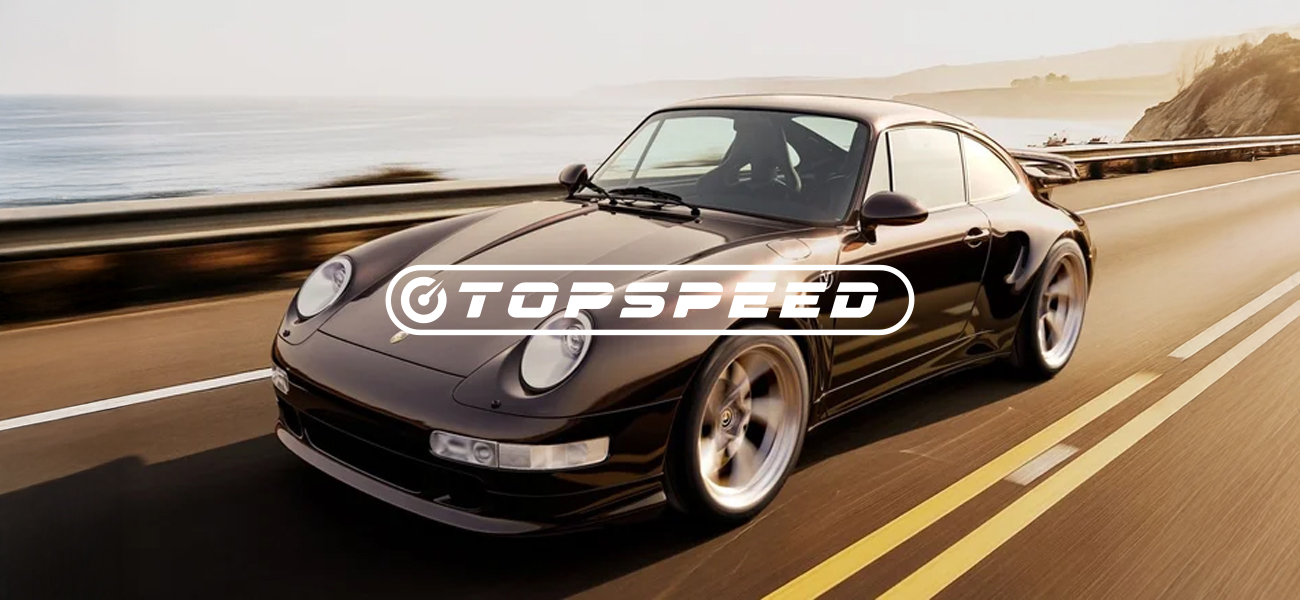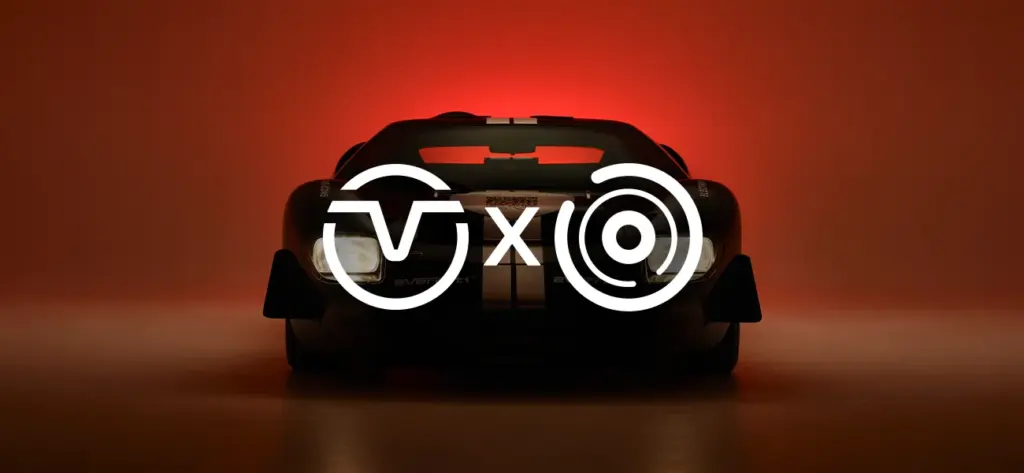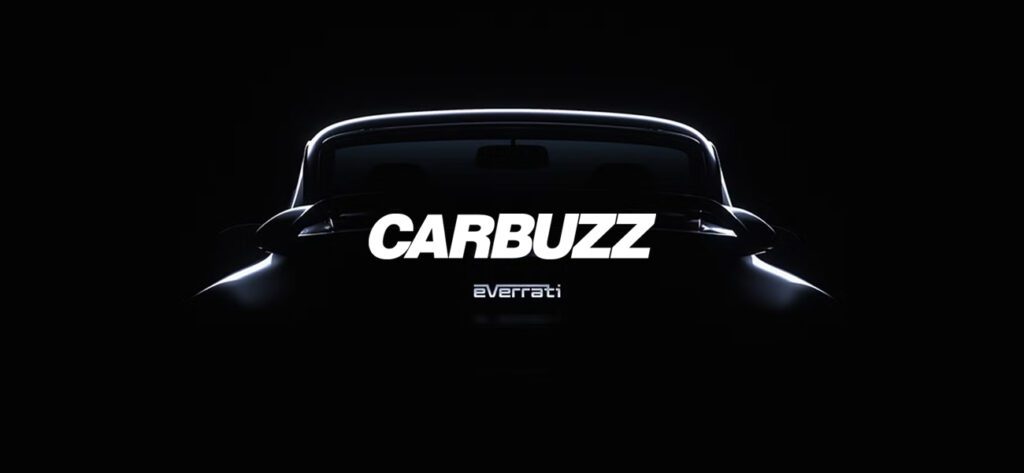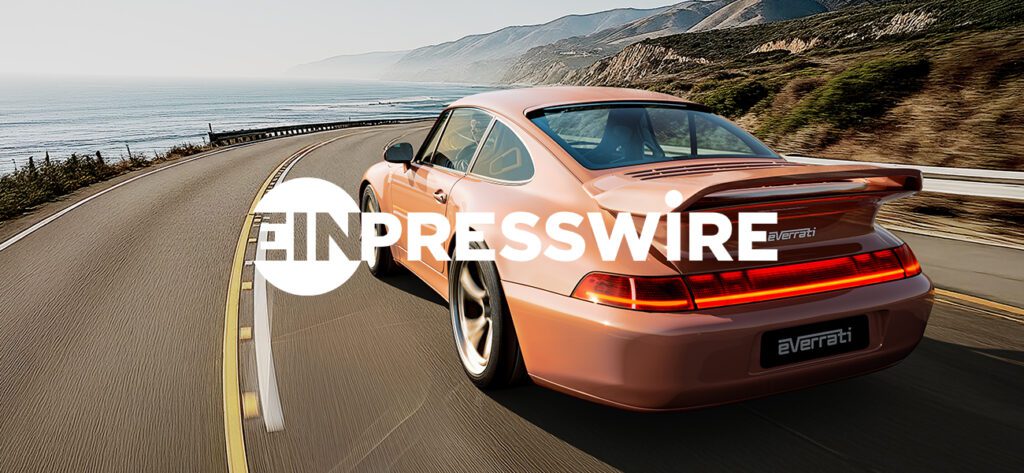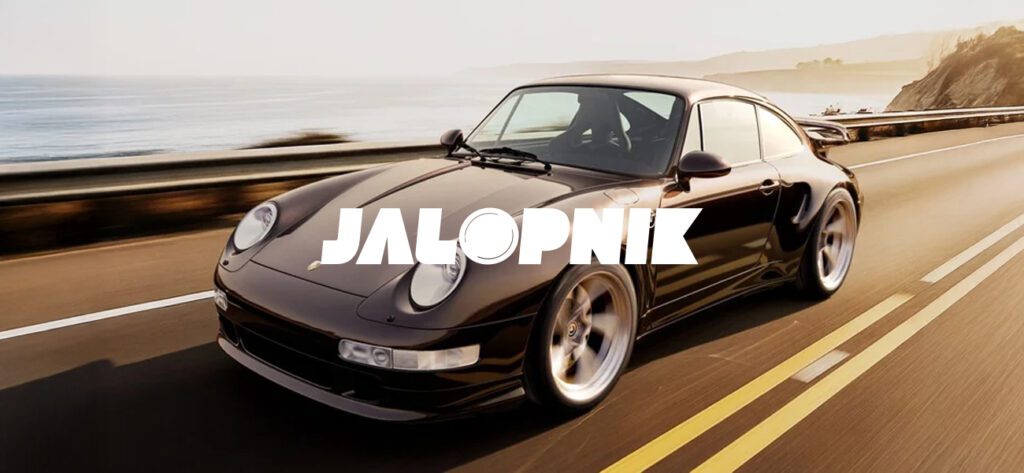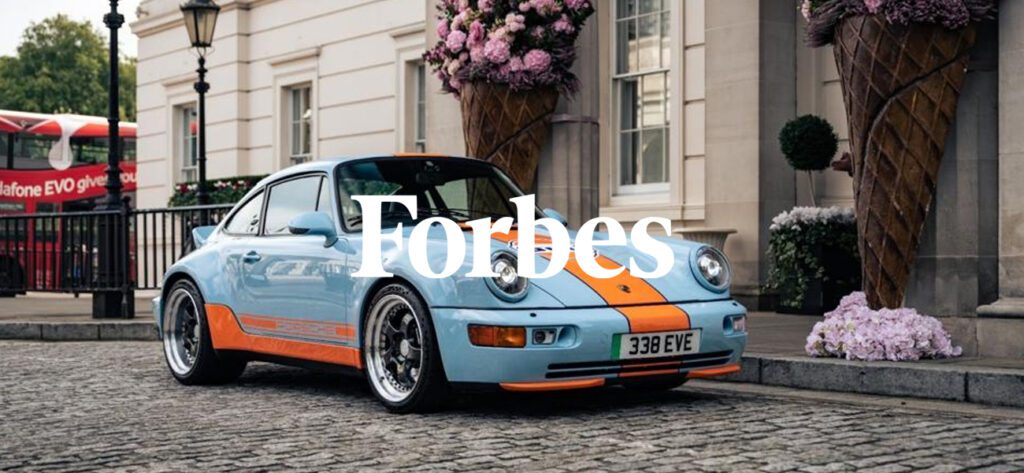The Everatti Porsche 993 is coming! Scrreeech! Stop the record! The what-what? Okay, I’ll back up. Besides Singer, the most renowned pimper of vintage 911s that retain their gas engines, Everrati has quietly (adverb intended) become the preeminent Porsche restoration outfit when you want updated power—minus the carbon footprint. Everrati goes well beyond Porsche to restore and update many historic cars with collectable provenance.
When I talked with their CEO, Justin Lunny, earlier this year, he hinted that while Everrati already electrified the older, early ’70s Porsche 911 ST, and the late-1980s 964, they also wanted to go a little more modern. Now the other shoe has dropped, and Everrati will begin a new program to convert the latter 993s, which were produced between 1994-98. Why the 993? I went back to Lunny to find out. Here’s what he said, and why—should you have a half mil just rotting in crypto or moldering in some vintage Ferrari you never drive—you might be curious about the next Everrati project.
The 993 Is The 964—Minus The Ghosts
If you don’t know the words “lift-throttle-oversteer,” count yourself lucky. I’ve had the displeasure of experiencing just that. Which is, to be very reductive about it, driving a rear-engined Porsche as if you were driving a front-engine Corvette. What happened with older, 964s or earlier 911s is that threshold braking into a turn would lighten the rear end and cause toe out of the wheels to such an extreme that just about any steering input would send the car right off the track, backwards.
No, the ghosts weren’t always in those earlier machines. Yes, you could learn to both brake and apply some gas (and downshift) all at once. Oh, and also, sure, steer.
But the 993 overcame the massive disadvantage of hanging all the weight at the rear of the car via what came to be known as Porsche’s “Weissach” axle. This is a rejiggered trailing-arm setup that overcomes the tendency of older 911s to throw so much weight down and outward on maximum deceleration that you lose rear tire grip. The Weissach axle fixed that problem.
One reason Everrati has launched what they’re calling their “Founders Edition,” limited-run of 993s, is because of that re-engineered solution to the rear axle. The 993 is simply more capable at the limit than 911s that came earlier. True, Everrati is already rebalancing the weight of any 911 via batteries, but the Weissach axle helps even more. And Everrati goes a bit further, as well, adding adaptive dampers to allow owners to toggle between a GT and track level.
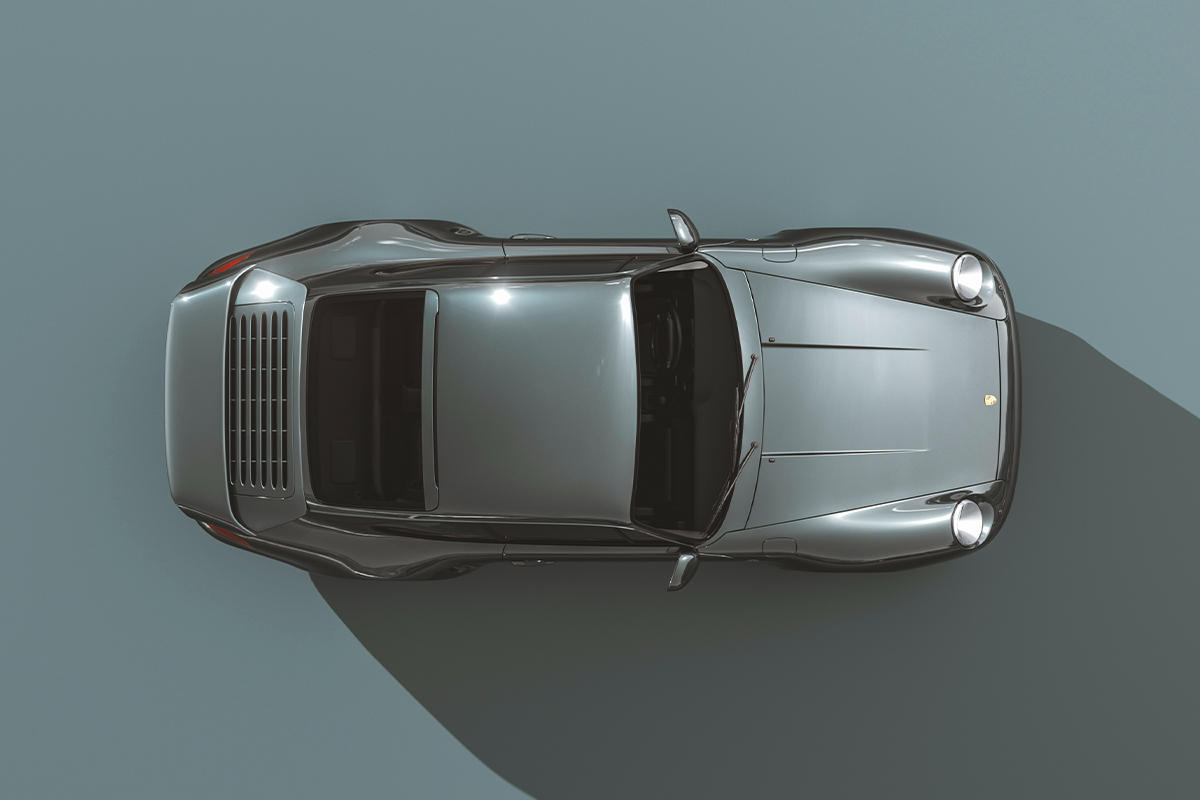
A Faster Electric 911
Everrati took the 964 up the equivalent of about 500 horsepower. That’s well beyond anything the gas engine ever delivered. Lunny said they’re going for even more propulsion in the 993.
Everrati will also replace all body panels with carbon fiber, and they’ll convert narrow-body donor panels with the wide body panels, fenders, etc., of the 993 Turbo S. By the way, it bears mentioning that only 345 Turbo S 993s were sold, and Everrati doesn’t supply the donor chassis. They will “help” customers find one, however.
An Ultra-Exclusive Club
Lunny said that Everrati is only opening up the initial allocation to nine customers. Given the rarity of the car, that may be all they ever produce. But there’s another reason for only making nine, per Lunny.
Owners will have the chance, too, to be invited to Everatti’s HQ in England, to participate in design, testing, and making choices about interiors and paint hues, too. Everrati is promising “hypercar-grade components…and inverters more often found in elite race cars,.” They’re also promising “Savile Row-quality interiors,” which, given the expected price, is to be expected and also what they already deliver on cars like the 964.
TopSpeed’s Take
What you cannot have, is an all-wheel-drive Everrati 993—even though that existed with the original. Probably, Everrati could work that out. But Lunny said they’re after doing something more equivalent to Gunther Werks 993s. Which makes a sort of sense vs. Carrera 4 911s, which traditionalists might consider a kind of blasphemy.
But a logical question for all of these resto-moders is when they’ll run out of customers willing to gut their cars’ ICE engines. Also, in tandem with that question, it could be about what happens when tastes change. The younger buyer might prefer the conversion of a more current hot-rod they always wanted as a kid—not a car from the previous century. And, possibly merging not track capability, but drifting prowess with that restoration? Classing that up with, say, a Murcielago that’s electrified, to reduce the ownership headaches, maybe? We can dream, right?
Source: TopSpeed
